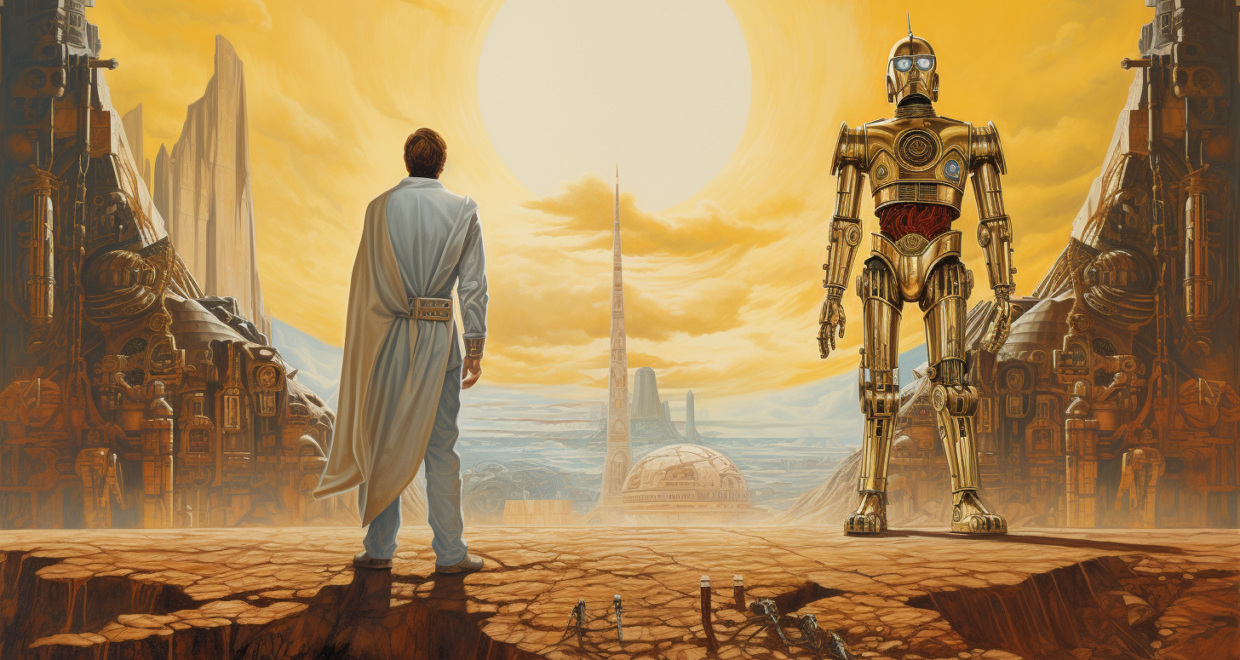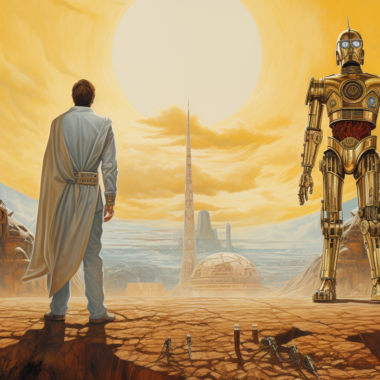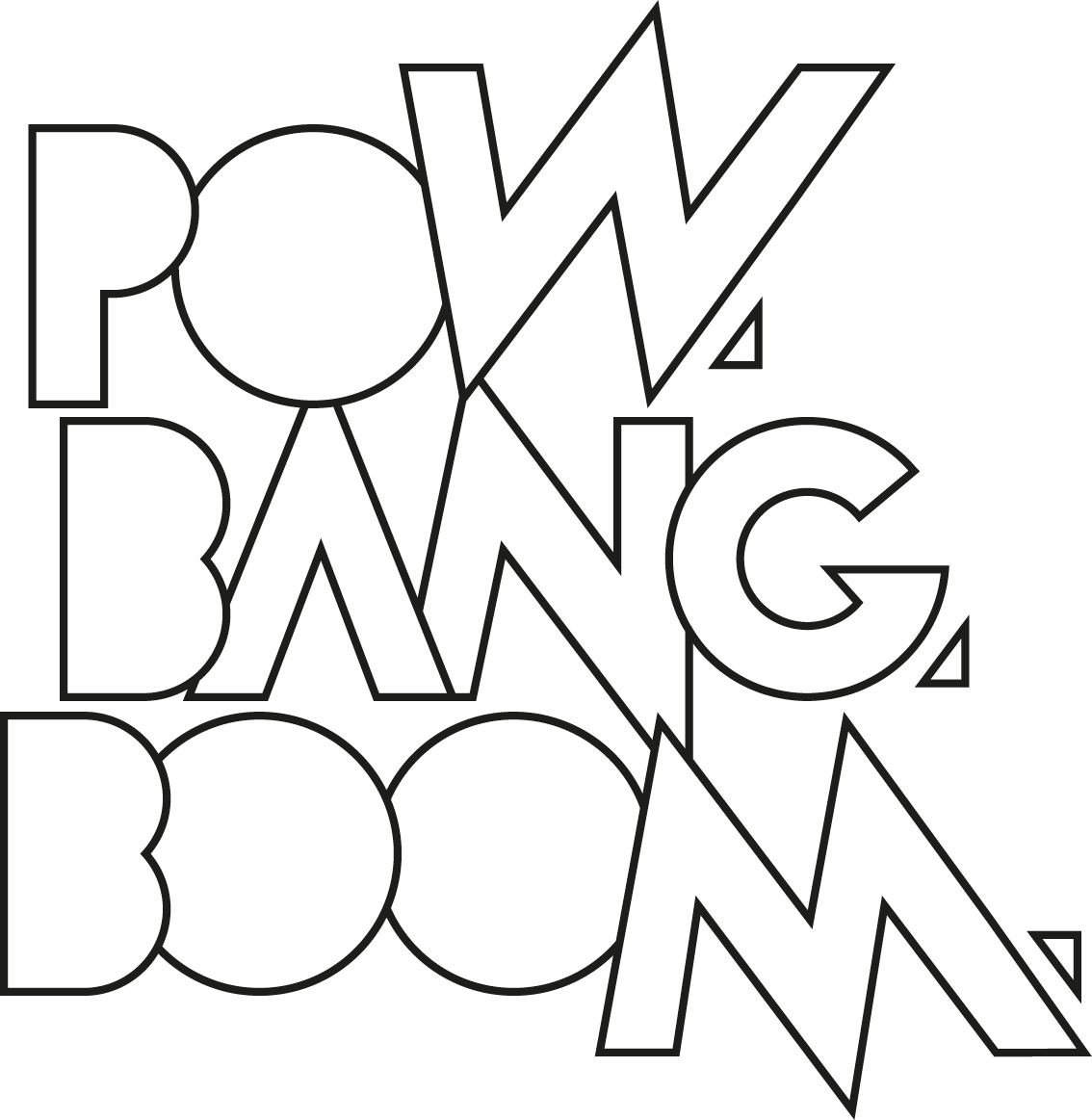AI is a disruptor in marketing, no sh*t, but I don’t think we’re understanding how much of a game changer it is yet. And it has agency owners like me squinting at the horizon trying to work out what the hell things are going to look like in 5 weeks, let alone 5 years down the track.
Things are changing fast. And I ain’t gonna lie – I feel out of my depth.
But from speaking with others in the same position as me, I know I’m not alone.
We humans in general should feel out of depth when it comes to AI. Even the bloody developers creating the thing are looking at it with eyes frozen in an expression of wonder, overwhelming confusion, and an undeniable hint of fear.
And this is exactly how we should be looking at it.
AI is not a disruptor to the advertising and marketing industry. It’s a God damn nuclear bomb.
Nobody can predict how all of this is going to play out, but as far as I can read it, one development is clear (because it’s already underway) small boutique agencies are getting a turbo boost, or one of those Super Mushrooms that make Luigi and Mario double in size, from integrating AI assistance into their everyday operations.
It’s not leading to people being fired, but amplifying one person’s power. The people power of big agencies is being introduced into small agencies as AI is used to radically sharpen and better workflows and project management, understand audiences better through data, and assist in the production of content and ideation.
The integration of AI has put small boutique agencies on steroids, allowing them to punch well above their weight and compete with the long-established industry giants like never before.
Here are the fundamental ways AI is allowing boutique agencies to perform and deliver for clients like the big players:
1. AI + skilled Creative Director that’s trained in AI prompting = a team of creatives
I prompt AI to source the insights I need, I prompt it to summarise the insights in a way that feeds the ideation process, and I then plant the seed of an idea I have developed with my own human mind and banter back and forth with AI.
At this point in time, AI doesn’t give me original ideas worthy of any client’s ear, but it does give me the brainstorming I need to arrive at a highly original creative concept myself. Then just imagine when the rest of the creative team does the same and joins me in the room to present the highly creative and refined ideas we’ve each come up with.
This isn’t always a method that works, but I ain’t going to lie – my creativity is now well and truly AI-assisted.
2. Data-Driven Decision-Making
Marketing is complicated, there are many, many skilled decisions to be made on the road to crafting anything that will deliver impact for clients. And as I say to anybody I work with on a regular basis when describing how I communicate – brutal honesty allows us to get to the good stuff quicker, so give it to me straight. Nothing is more brutally honest than data.
AI, in coordination with other tools, empowers small agencies with the ability to gather, analyse, and derive actionable insights from vast amounts of data in real time.
This data-driven decision-making approach can be applied to strategy, creative and distribution etc. This was once the work of teams of people in big awkward ad agencies.
This allows small agencies to fine-tune campaigns on the fly, optimise quicker for what works best and throw what doesn’t.
My mantra since my days as a journalist that transfers well to my career in marketing – know your audience better than you know yourself. Data empowers us to genuinely achieve this.
3. AI = Efficient Ad Spend
We’re living in 2023, a year in which many companies have tightened their budgets. However, for 85% of our client base, we have seen their most successful year in hitting marketing KPIs to date. I put it down to a. Us being kick ass at what we do, and b. efficient ad spend optimised by AI.
Our performance marketers can more effectively optimise ad placements, target the most promising demographics, and adjust bids in real-time to maximize ROI with the assistance of AI. This has also allowed us to lower prices for those small clients, like cafés and restaurants, who also need to compete for the attention of their target audiences.
4. AI-assisted content production
Let’s immediately cut through the BS-hype here – AI has arrived in generating audio, visual, and written content; AI has not yet arrived in producing the kind of quality storytelling content that engages an audience. AI’s got the storytelling skills of a savvy salesperson at the moment (but watch this space…very closely).
The human team is still the storyteller, but AI has given it tools to produce content at a faster rate.
The human voice remains, but the tools with which we communicate and amplify it have changed.
As I write this, the written content is where AI has really got copywriters on their toes (I see all of you copywriters shaking your heads but learn how to effectively prompt Jaspar, and then I’ll hear you out on how this is not an existential threat for the weakest in the profession).
5. Optimised workflows and project management
Imagine that one campaign you worked on with that project manager that had everything running smoothly and frictionless. – that’s AI.
We’re not only optimising our workflows with the assistance of AI, but we’re mapping out realistic timelines and performing other project management tasks that work a lot better when you take human error out of the mix.
To sum it up…
AI is not a disruptor to the advertising and marketing industry. It’s a God damn nuclear bomb.
And nothing is the same as it was before. Therefore, we must rethink the entire business model, and how it all works.






